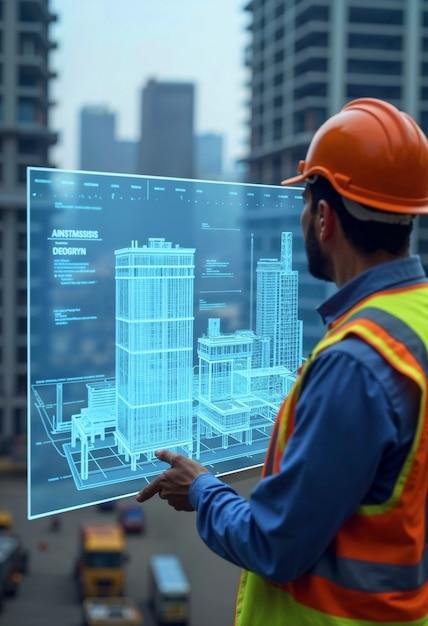Smart concrete, a groundbreaking innovation in the construction industry, has recently been recognized as a top technological advancement, revolutionizing how we build and maintain infrastructure. This novel material, which incorporates various smart features, is poised to transform the way we approach construction projects, offering enhanced durability, safety, and efficiency.
At its core, smart concrete is designed to address many of the limitations associated with conventional concrete. By integrating sensors, conductive materials, or even biological agents into the concrete mix, engineers have created a material that can monitor its own condition, detect damage, and in certain specific cases, even repair itself. This leap forward in concrete technology has caught the attention of industry experts and is now being hailed as a game-changer in construction.
One of the most exciting features of smart concrete is its ability to self-heal. Certain types of smart concrete contain capsules filled with healing agents or bacteria that activate when cracks form. As the concrete cracks, these capsules rupture, releasing their contents to fill the gaps and solidify, effectively repairing the damage without human intervention. This self-healing property can substantially extend the lifespan of structures, reducing maintenance costs and improving overall safety.
Another innovative aspect of smart concrete is its self-sensing capability. By incorporating conductive materials like carbon fibers or steel shavings into the mix,the concrete becomes capable of conducting electricity. Changes in the concrete’s electrical resistance can indicate stress, strain, or damage within the structure. This allows engineers to monitor the health of buildings, bridges, and roads in real-time, detecting potential issues before they become critical problems.
Smart concrete also shows promise in enhancing infrastructure safety during extreme weather conditions. Some variations of this technology include conductive properties that allow the concrete to heat up when an electric current is applied. This feature can be especially useful in preventing ice formation on roads and bridges during winter, potentially reducing accidents and the need for chemical de-icing agents.
The applications of smart concrete extend beyond just structural integrity and safety. Researchers are exploring ways to use this technology to create more energy-efficient buildings. As a notable example, some smart concrete formulations can change their thermal properties based on the surrounding temperature, helping to regulate indoor climates more effectively and reduce energy consumption.
The construction industry is also excited about the potential of smart concrete in 3D printing applications. This combination of technologies could revolutionize the building process, allowing for more complex and customized structures to be created with greater precision and less waste. The self-monitoring capabilities of smart concrete could prove invaluable in ensuring the quality and structural integrity of 3D-printed buildings.
While the benefits of smart concrete are clear, its widespread adoption faces some challenges. The cost of producing smart concrete is currently higher than that of traditional concrete, which may deter some construction projects from implementing this technology.Additionally, there are still questions about the long-term performance and reliability of some smart concrete formulations, particularly in diverse environmental conditions.
Despite these challenges,the recognition of smart concrete as a top innovation in the construction industry signals a bright future for this technology. As research continues and production methods improve, it’s likely that we’ll see smart concrete becoming more accessible and widely used in construction projects around the world.
The potential impact of smart concrete on urban development and infrastructure maintenance is significant. Cities could benefit from longer-lasting, safer structures that require less frequent repairs and inspections. This could lead to reduced disruptions from construction work and lower long-term costs for municipalities and taxpayers.
As we look to the future, smart concrete represents a shift towards more intelligent, responsive, and enduring building materials. Its ability to adapt to environmental conditions,self-repair,and provide real-time data on structural health aligns perfectly with the growing trend towards smart cities and Internet of Things (IoT) integration in urban environments.
the recognition of smart concrete as a top innovation in the construction industry marks an exciting step forward in how we build and maintain our world. As this technology continues to evolve and improve, it promises to make our buildings and infrastructure safer, more durable, and more sustainable than ever before.

